The One-Man Art Department: Interview with Eric Larsen
Eric Larsen is a Portland, Oregon-based illustrator or, at least, he was. As he himself puts it, he is”one of the people who recently joined the growing exodus of artistic people out of that city (fleeing the Portland’s famously-overinflated housing costs and the state’s insatiable tax structure), moving just across the river to a ‘burb near Vancouver, Washington”.
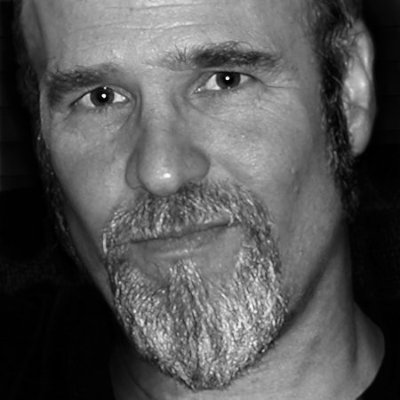
Image Courtesy of Illustrator: Eric Larsen
He has worked with some of the biggest names in the industry. His clients include Leo Burnett, Zeiss Digital Lenses, National Geographic Kids, Time Warner and many others. He defines himself as a multiple-style illustrator, and it really shows when looking through his portfolio. The most accurate description of Eric Larsen can be found on his website and it reads:
“He’s like an art department, but without the drama, the turnover and the mandated employee benefits. He started his career working in a full-service, certified bat-shit-crazy, boot-camp studio environment where you’d better be able to handle whatever gets thrown at you.”
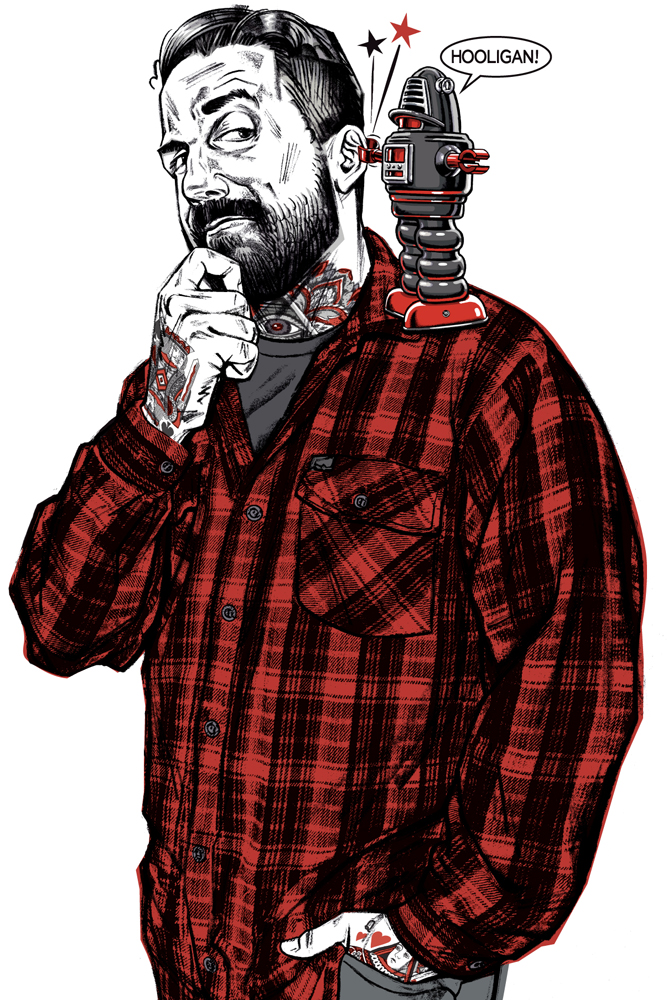
Image Courtesy of Illustrator: Eric Larsen
Victor: Tell us something about yourself and what defines you?
Eric: I am, by nature, introspective but I prefer to keep those debates inside my head and don’t like to talk about myself. I suppose, that makes me a lousy interview subject. What “defines” me, is a tough question to answer:
I ‘define’ myself as an illustrator rather than an artist—I’m creative, I’m intuitive and, I suppose, sensitive. But I don’t have an artistic temperament. Being an artist is less a gift of spiritual insight than it is a mental condition. I think that artists are compelled to “do art” (irrespective of whether they’re good at it or not)! I think we all have known at least one mediocre or even downright terrible artist who is completely unaware that they’re terrible. We’ve all seen proudly-signed yet atrociously-bad “works of art.” What a horror to imagine that, if we were really bad artists, we’d be the last to know!
Victor: Since you don’t perceive yourself as an artist, how has this affected the way you work?
Eric: As an illustrator, I’m compelled to work to keep a roof over my head, to meet or beat deadlines, to exceed expectations and, in incremental degrees, to keep constantly reinventing myself to fight off boredom and obsolescence. It doesn’t hurt that almost every job which comes in the door is asking for something which is either a nuanced variation or is completely different from the style approach of the one that came in before it.
I am absolutely determined to be good at what I do, to be better than good. I try hard to give every piece my very best shot. But then there is always that feeling that there were aspects which I could have done differently, done better. Each job which I consider that I’ve done passably well (and I do allow myself to take some satisfaction in the accomplishment of the things that, in my view, I did well) I look at , in some respects, as a success. Yet, in other respects, and always at the same time, it is a disappointment. “Do better next time.”

Image Courtesy of Illustrator: Eric Larsen
Victor: For how long have you been working in this field?
Eric: I wanted to be an illustrator since I knew there was such a thing. Born too late for the Golden Age of illustration, but I’ve been doing it long enough that I’m averse to revealing the count of years, lest I date myself to a bygone century. Is there a point where years of experience cease to count in one’s favor? But, if you must know, I have been a working, full-time illustrator since 1981. You do the math.
Victor: What was your first job as an illustrator?
Eric: When I first started, I was doing editorial or Q&D jobs for $25-50 a pop. I can still remember my first $100 illustration. I was just happy to be able to do the work. Then I was tapped as the go-to artist in what became a multi-illustrator full-service studio. A shitstorm barrage of jobs was constantly thrown at you. “Can you do something like this?”
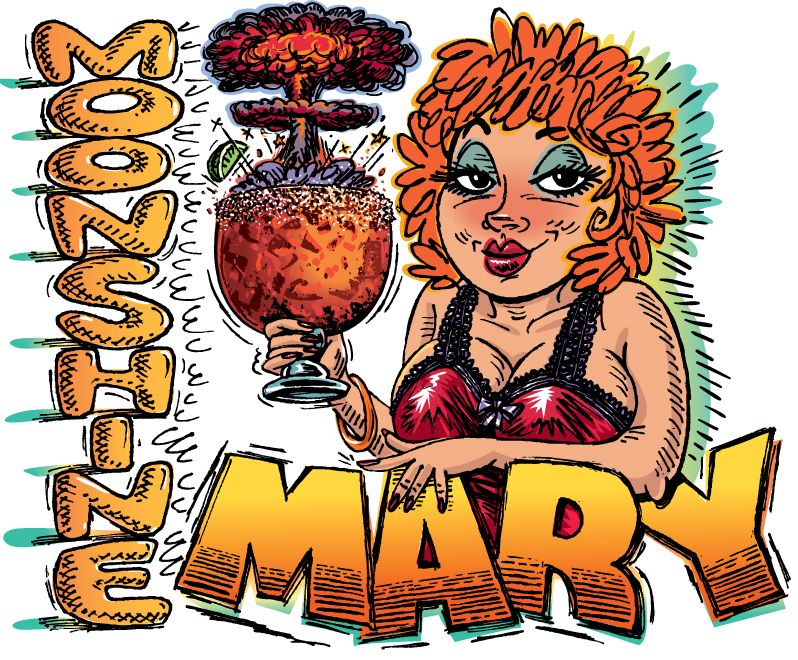
Image Courtesy of Illustrator: Eric Larsen
Victor: How did you cope with all the work you now had to do?
Eric: You learn a thing or two that way. You learn how to draw your way out of trouble, you learn patience and focus under pressure. I’m a multi-tasker and I’m fast. It’s great fun when you have the luxury of concentrating on one image; but when you have several lined up and the clock is ticking, you put in however many hours of the day or week are necessary to get the job done.
I’m pleased to say that, even after all these years: “I don’t always have to do all-nighters but, when I do, they still don’t kill me.”
Victor: Could you tell us who inspired you throughout your career? In what way did you use this inspiration?
Eric: When I was a kid, it was Norman Rockwell (how bad could it be to make a living in a beautiful New England farm studio, painting pictures and smoking a pipe?).
High aspirations, right? But it was Mort Drucker and Mad magazine, Ed “Big Daddy” Roth and Tales from the Crypt which set me on this career course. And to the principal’s office.
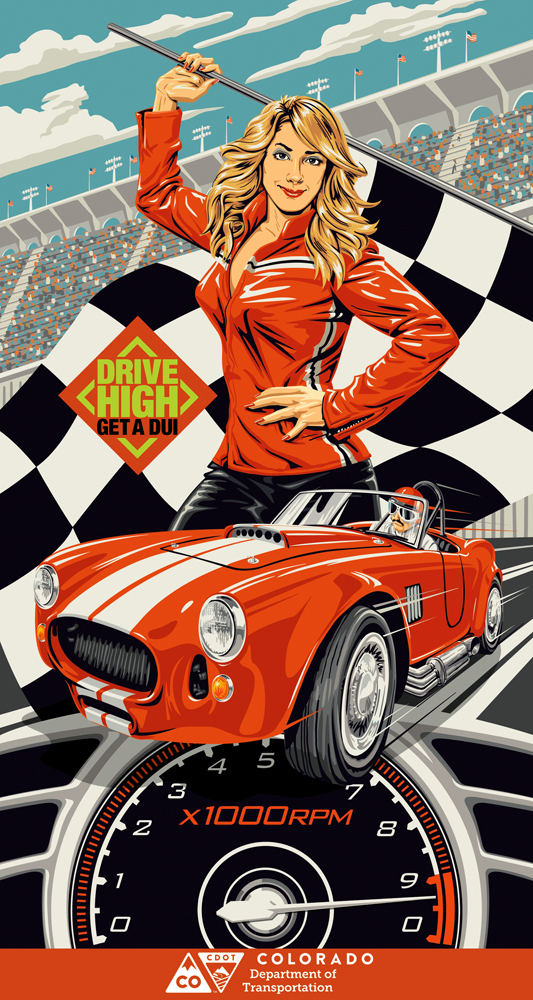
Image Courtesy of Illustrator: Eric Larsen
Victor: How about your inspiration in recent years?
Eric: Just open one of the big illustration directories and dozens of artists will absolutely blow you mind. If I have to name names?…Christoph Niemann is at the top of my list (how I wish I had his brain); Bill Mayer, Mark Matcho. They are all brilliant and fun in their own ways but, most of all, they are versatile and good. Being versatile is what has made my career – it’s what I do. I don’t claim brilliance.
Victor: Could you tell us more about your multiple styles? How do you think versatility has impacted your work?
Eric: Versatility makes for another impossible-to-find definition if you take it to the extremes which I do. It’s like there are a half-dozen totally different illustrators living in my head. You think that’s easy? Just try and get along with all those guys.
Being versatile makes for a tough sell — it’s easier for people to categorize and remember you if you do just one thing. Maybe it’d be easier, when looking through my portfolio, to try to forget that it’s just one illustrator behind the work.
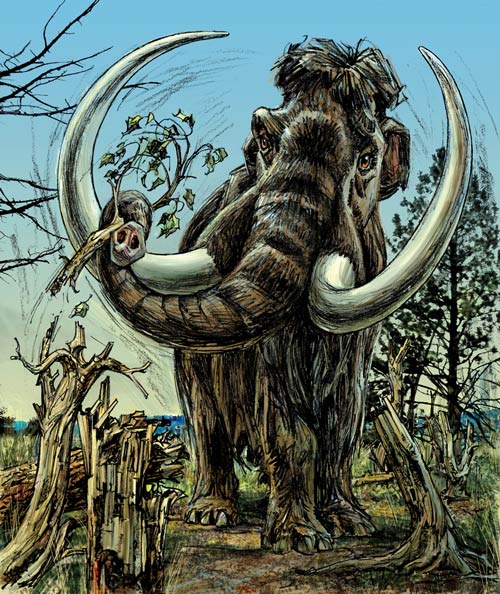
Image Courtesy of Illustrator: Eric Larsen
Victor: Then why work that way?
Eric: Why do I work that way? I guess it’s because I’m compelled to. And because I can. It’s what I’ve had to do my entire career. I don’t consider it a disadvantage to be able to come at a visual problem from, if necessary, several different directions.
Victor: How do you stay motivated to keep on working?
Eric: Getting up in the morning thinking “I get to draw pictures!…and get paid for it!!”
If that fails, there’s nothing like looming deadline pressure to get that creativity flowing. Works every time. That, and the little voice telling you “Fuck this up and you’ll never work in this town again.” The only thing standing between yourself and widespread ridicule is yourself. That illustration ain’t going to draw itself.

Image Courtesy of Illustrator: Eric Larsen
Victor: What are your preferred tools and workflow?
Eric: The first half of my career, it was all the traditional tools: Prismacolor pencil, airbrush, pen and ink, gouache, marker comps. It’s a slower process with the old-fashioned tools.
Seeing Peter Hoey’s work tipped me over to digital…I thought the Wacom tablet was a miracle! I loved it. Adobe Illustrator, Photoshop, it completely changed my styles and approach, almost overnight. It was so clean, easy and fast.
But I always start an image the same way I used to: with a pencil on paper, sketching out the drawing, working out the details in a series of preliminary drafts. Then, to the tablet and computer, it’s all execution. Sometimes I do the finish work as all-digital, sometimes I’ll use the final drawing, scanned and enhanced, colored with Illustrator and/or photoshop.
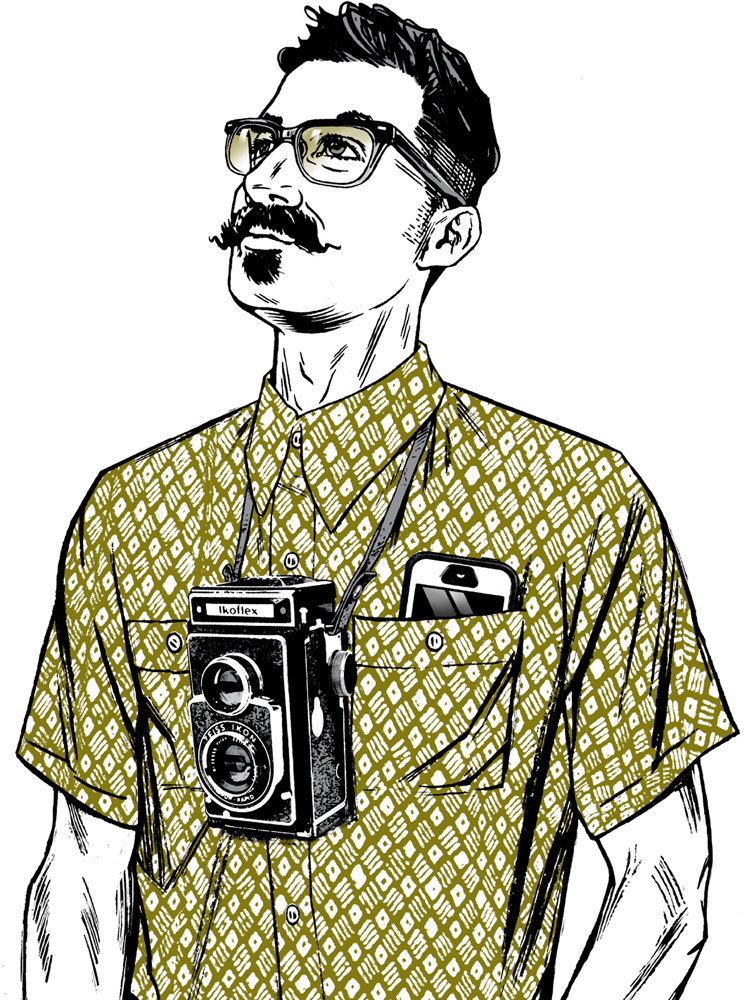
Image Courtesy of Illustrator: Eric Larsen
Victor: What are your plans for the future?
Eric: In the beginning, my long-term career goal was to be good at what I do and to “keep doing this for just one more year” (that, and to make $100,000 in one year ). Now, an undisclosed-exact-number of years later, my long-term goal remains the same, but I’ve pretty much given up on that hundred-grand.
If you like Erics work, you can check out more on his website. If you want to send Eric a message, feel free to write it down in the comment section below and I’ll make sure he gets it.
You are an amazing talent
Thank you, Linda! I’ll pass your kind words along to the artist.
Excellent article! He is extremely versatile! Refreshing to read about someone making a living from a talent/activity they love!
Thanks, Tim! Eric truly is a versatile artist. I’ll be sure to pass your praise along to him.
I was right there with you in 1981!! Such an amazing portfolio. I wish I had another project for you. You’re the best
If this Eric once had a studio over a lock shop then please pass on my greetings from his former neighbor.
Wonderful, impressive work.
A very good and to the point interview. Keep going.
Thanks you for sharing
I was “the office gal” in the ’80s at Artfarm, Inc., an illustration studio Eric worked at. He was not only the most talented and diverse illustrator there, but also incredibly kind AND a talented musician. I’m so happy to learn that his gift continues to be appreciated and that he is doing exactly what he wants to do.